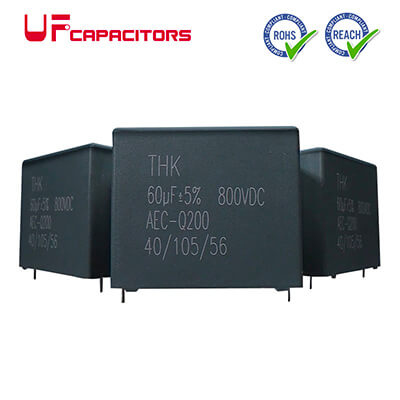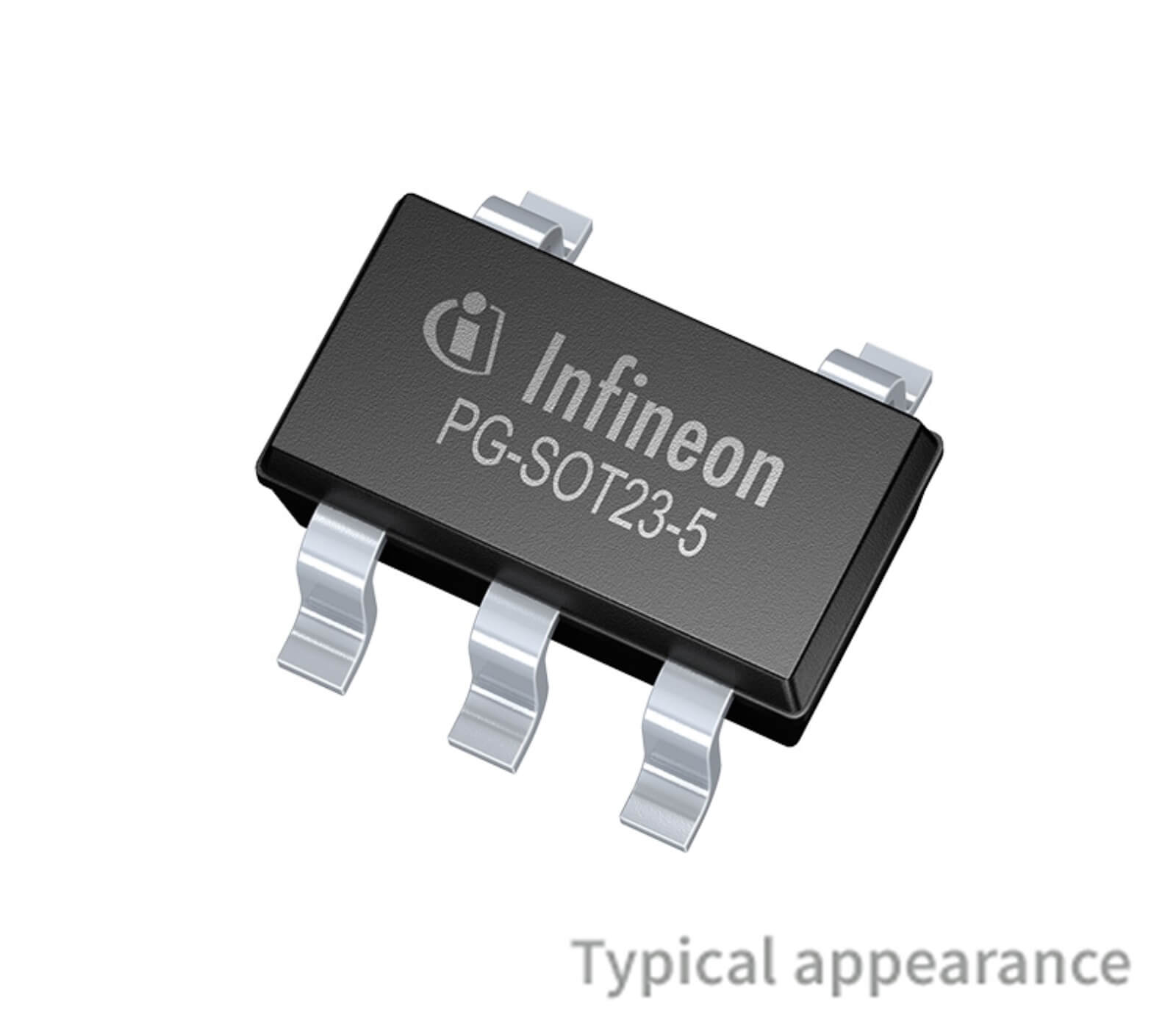MOSFET (Metal-Oxide-Semiconductor Field-Effect Transistor) is a type of semiconductor device widely used in electronics.
It features a gate terminal separated from the conducting channel by an insulating layer, controlling the flow of current between the source and drain terminals.
MOSFETs come in two main types: N-channel and P-channel, with the former being more commonly used.
P-Channel MOSFET
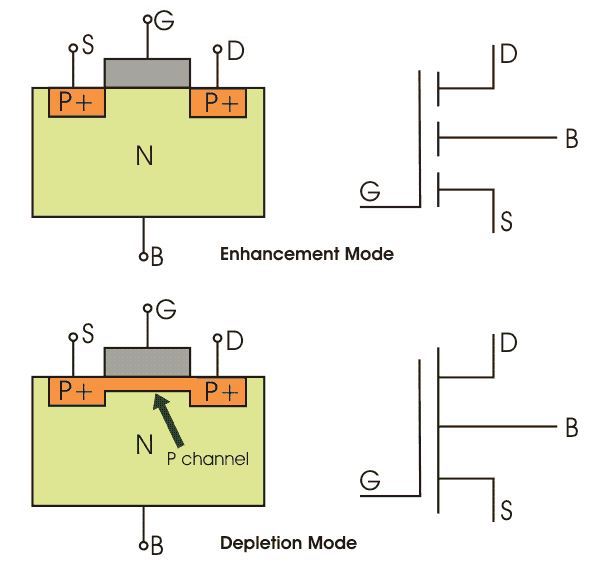
N-Channel MOSFET
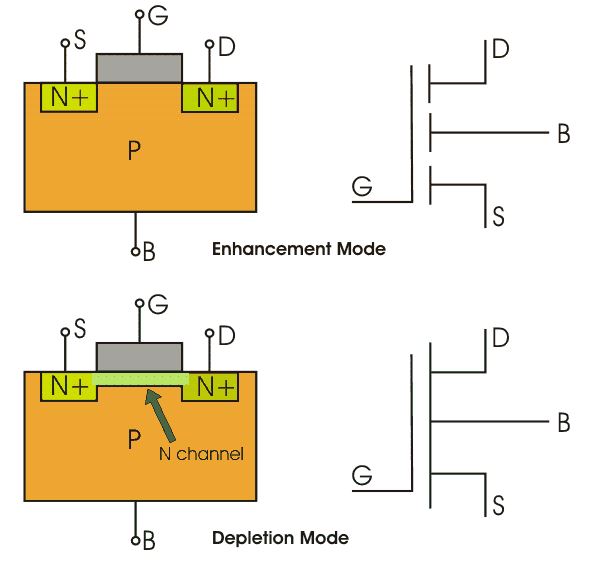
MOSFET works and its key characteristics
- Basic Structure: A MOSFET consists of three main regions: the source, the drain, and the gate. These regions are typically fabricated on a semiconductor substrate, with a thin insulating layer of silicon dioxide (SiO2) acting as the gate oxide between the gate electrode and the semiconductor material.
- Operation Principle: The MOSFET operates on the principle of a field-effect transistor. By applying a voltage to the gate terminal (G), an electric field is generated across the gate oxide, which controls the flow of charge carriers (usually electrons) between the source (S) and the drain (D) terminals.
- Types of MOSFETs:
- N-Channel MOSFET: In an N-channel MOSFET, electrons are the charge carriers, and the voltage applied to the gate controls the flow of electrons from the source to the drain when the transistor is in the “on” state.
- P-Channel MOSFET: In a P-channel MOSFET, holes are the charge carriers, and the voltage applied to the gate controls the flow of holes from the source to the drain when the transistor is in the “on” state.
- Modes of Operation:
- Cut-Off: When the gate-source voltage (Vgs) is below a certain threshold voltage, the MOSFET is in the off state, and no current flows between the source and drain.
- Saturation: When Vgs is above the threshold voltage, the MOSFET enters the saturation region, and it allows a controlled current to flow between the source and drain.
- Linear (Triode) Region: In this region, the MOSFET operates as an amplifier, modulating the current between the source and drain based on the gate voltage.
- Advantages:
- High input impedance, making them ideal for interfacing with digital and analog circuits.
- Low power consumption when in the off state.
- Fast switching speeds.
- Scalability for integration into complex ICs.
- Applications:
- MOSFETs are used in digital logic circuits, memory devices, and microcontrollers.
- They serve as amplifiers in audio and radio frequency (RF) circuits.
- Power MOSFETs are employed in power electronics for switching and controlling high-current loads.
- They are commonly used in voltage regulation and signal processing.
Discover related topics: what is a mosfet airsoft
There are various MOSFET subtypes and configurations, including enhancement-mode and depletion-mode MOSFETs, which have slightly different characteristics and applications. The choice of MOSFET type depends on the specific requirements of the circuit or application.
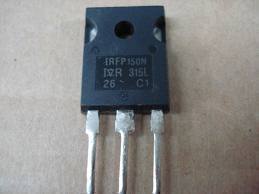
Topdiode already supply their MSOFET to automotive electronics, solar energy, power market, 5G telecommunication. Industrial and consumer electronics.
To replace brands Infineon, Onsemi, ST, Diodes, Vishay
| Topdiode PN | Package | Pin to Pin replacement | ||
| Brands | P/N# | Package | ||
| TAP2300 | SOT-23 | Vishay | SI2312BDS | SOT-23 |
| TAP2301 | SOT-23 | Vishay | SI2301CDS | SOT-23 |
| TAP2302B | SOT-23 | On semi | MMBF4393LT1G | SOT-23 |
| TAP2305 | SOT-23 | Infineon | IRLML6402TRPBF | SOT-23 |
| TAP3400 | SOT-23 | Vishay | SI2372DS | SOT-23 |
| TAP3401 | SOT-23 | AOS | AO3401 | SOT-23 |
| TCJ2309A | SOT-23 | On semi | FDN5618P | SSOT-3 |
| TAP2003 | SOT23-6 | Diodes | DMC2038LVT-7 | TSOT26 |
| TDTS6400 | SOT-23-6 | AOS | AO6420 | TSOP6 |
| TETA1466 | SOT-23-6 | Diodes | AP62200WU-7 | TSOT-26-6 |
| TAP150P20N3 | SOT-323 | On Semi | NTS2101PT1G | SOT-323 |
| MMFTN138KW | SOT-323 | ROHM | BSS138BKW | SOT-323 |
| MMFTP84DW | SOT-363 | Diodes | BSS84DW | SOT-363 |
| MMBT7002KE | SOT-523 | MCC | 2N7002T | SOT-523-3 |
| TAP30H150G | PDFN5X6-8L | Infineon | IRFH8318TRPBF | PQFN-8 |
| TAP80N04Q | PDFN3X3-8L | Infineon | BSZ063N04LS6 | PG-TSDSON-8 |
| TAP85N04Q | PDFN3X3-8L | ST | WTM304N055LS-HAF | DFN3030 |
| TLSGN04R011WE | DFN5×6 | On semi | NTMFSC0D9N04C | DFN8 5×6 |
| TWMB340N20HG2 | DFN5*6 | Infineon | IRFH5020TRPBF | PQFN 5X6 mm |
| TLTS7428TE | TO220 | Infieon | IRF1404PBF | TO220 |
| TMOT8N80A | TO-220 | Toshiba | TK6A80E,S4X | TO-220 |
| TWMK53N60F2 | TO-220 | Infineon | IPP60R080P7 | PG-TO220 |
| WMK028N10HGD | TO-220 | Toshiba | TK100E10N1 | TO-220 |
| TWMJ80N60F2 | TO-247 | On Semi | NTHL041N60S5H | TO-247 |
| TFHA20N50B | TO-247 | Vishay/Infineon | IRFP450PBF | TO-247 |
| TFHA20N50 | TO-247 | ST/Vishay/On Semi | IRFP460 | TO-247 |
| TAP4616 | SOP-8 | infineon | IRF7389 | SOP8 |
| TWMM26N65C4 | TO-263 | Infineon | IPB65R190C7 | PG-TO 263 |
| TWTV06N028S | TO-263 | Infineon | IRFS7537PBF | TO-263 |
| TWTV10N055S-HAF | TO-263 | ST | STB80NF10T4 | D2PAK-3 |
| TMOT1113T | TOLL-8L | AOS | AOTL66912 | TOLLA |
How do I select a replacement MOSFET
Selecting a replacement MOSFET involves several steps to ensure compatibility and performance in your circuit. Here’s a step-by-step guide on how to choose a suitable replacement MOSFET:
- Identify the Requirements:
- Determine the electrical and operational specifications required for your application, such as voltage ratings, current ratings, switching speed, and package type.
- Consider whether you need an N-channel or P-channel MOSFET based on the circuit’s requirements.
- Examine the Original MOSFET:
- If you are replacing an existing MOSFET, identify the part number or model of the original component. You can usually find this information on the MOSFET’s datasheet or the circuit schematic.
- Consult the Datasheet:
- Obtain datasheets for both the original MOSFET and potential replacement MOSFETs. Datasheets provide detailed information about the device’s specifications and characteristics.
- Match the following parameters between the original and replacement MOSFETs:
- Drain-Source Voltage Rating (Vds): Ensure that the replacement MOSFET can handle at least the same voltage as the original.
- Drain Current Rating (Id): Make sure the replacement MOSFET can handle the required current without exceeding its limits.
- Gate-Source Voltage Threshold (Vth): Check that the threshold voltage of the replacement MOSFET is compatible with your circuit’s drive voltage.
- On-Resistance (Rds(on)): Look for a replacement with a similar or lower on-resistance, as this affects power dissipation and efficiency.
- Maximum Power Dissipation (Pd): Verify that the replacement MOSFET can handle the power dissipation in your application.
- Package Type: Ensure that the replacement MOSFET is available in a package that fits your circuit layout.
- Temperature Considerations:
- Check the temperature ratings in the datasheets, particularly the operating temperature range and thermal resistance. Ensure that the replacement MOSFET can operate within your application’s temperature range.
- Gate Drive Compatibility:
- Verify that the voltage and current levels required to drive the gate of the replacement MOSFET match your circuit’s driver capabilities.
- Consider gate charge characteristics, as this can impact switching speed and efficiency.
- Protection Features:
- If your original MOSFET had built-in protection features like over-current or over-temperature protection, ensure that the replacement offers similar protection if needed.
- Availability and Cost:
- Check the availability and cost of the replacement MOSFET from reputable suppliers to ensure it fits your budget and production requirements.
- Consult with Manufacturers or Distributors:
- If you have any doubts or specific requirements, it’s advisable to consult with MOSFET manufacturers or distributors. They can provide guidance and recommend suitable replacement parts.
- Testing and Evaluation:
- Before committing to a large-scale replacement, it’s a good practice to test the selected replacement MOSFET in your circuit to ensure it performs as expected and meets the requirements.
Remember that while datasheets provide essential information, real-world performance may vary based on your circuit’s specific conditions. Therefore, practical testing and evaluation are crucial steps in the replacement process to ensure compatibility and reliability.



